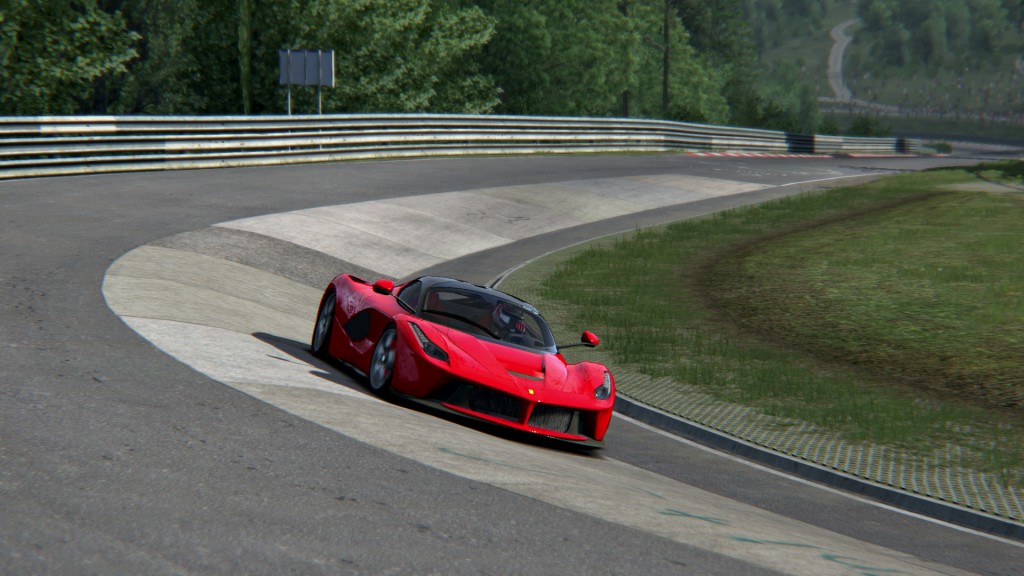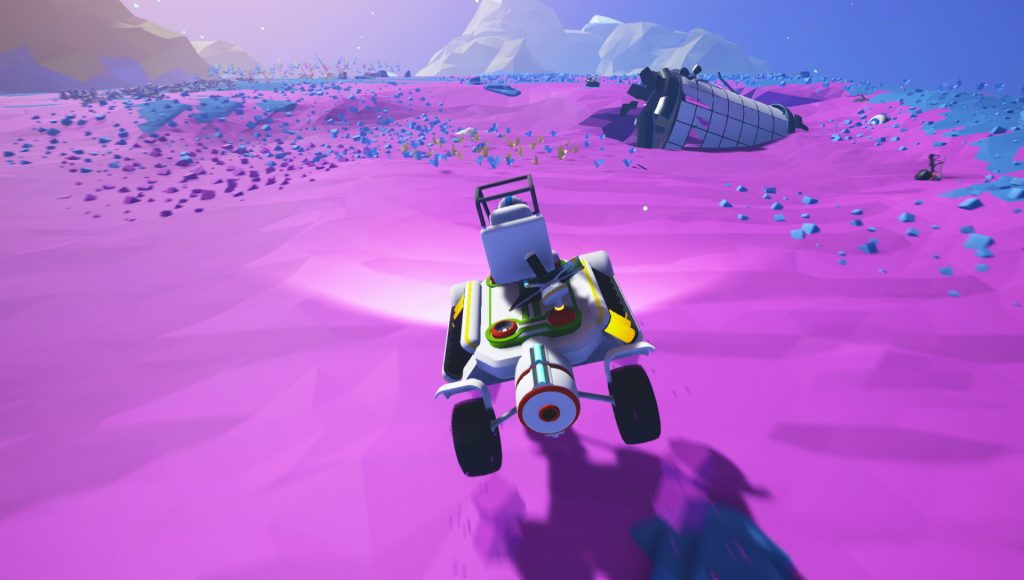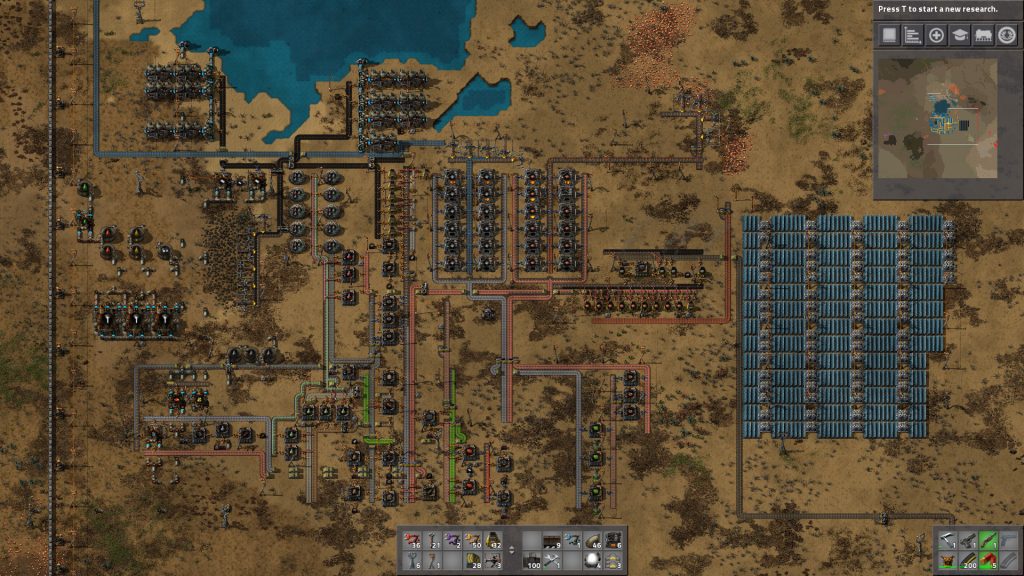Breaking Games and Exploring Limits
During my ongoing literature review I often discover interesting facts about things I’ve never thought about. Sometimes I can connect these facts with my own observations: The result is mostly a completely new idea why things are as they are. Maybe these ideas are new to you, too. Therefore I’ll share my new science based knowledge with you!
This week: This time, I think about the desire to explore the virtual environment
Computer games consist of several game mechanics. Game mechanics represent a game’s rules as they encode the underlying principles and overall game knowledge. Game mechanics not only create the virtual environment, but also allow for an interaction with it. This interaction ultimately creates a game’s gameplay.
In this way, a computer game is based on strict rules that are executed and checked by the game. Depending on the design, these game rules can be quite complex, thus providing players with a broad variety of different interaction possibilities. As a result, new players of a particular game learn by exploration and observation. They try out different ideas and interactions with the virtual environments and learn from the feedback provided.
For instance, when playing Minecraft, players might discover TNT blocks that explode and destroy a part of the environment when ignited. Being aware of this game mechanic might initiate a series of experiments to find out how capable TNT is and what can be done with it. By observing the results of the interactions, players learn the game’s rules.
However, the desire to discover new knowledge might not end at this point, but initiate further research to determine the limits of the virtual environments. In the aforementioned example, this could mean to find out what happens if a huge number of TNT blocks explode at the same time. Similarly, when playing Astroneer, players are able to dig into the ground. Thus, some started an experiment to find out what happens when they reach the core of a planet.
In general, testing for the limits of the virtual environments is a common goal, when only a fixed environment is provided. What happens when the end of the world is reached? What happens if previously determined limits are broken? Finding answers to those questions sometimes reveals funny glitches or even breaks the game.
While this gameplay might not be intended by the game developers, it represents another form of enjoying a computer game. It satisfies the desire to explore the virtual environment and to learn all about its underlying principles. This insight can also be valuable for game designers as it indicates that providing a lot of different interaction possibilities and hidden secrets can increase a game’s overall entertaining aspects.
In conclusion, exploring virtual environments not only is directed towards the environment itself but also towards its limits and all underlying principles.


